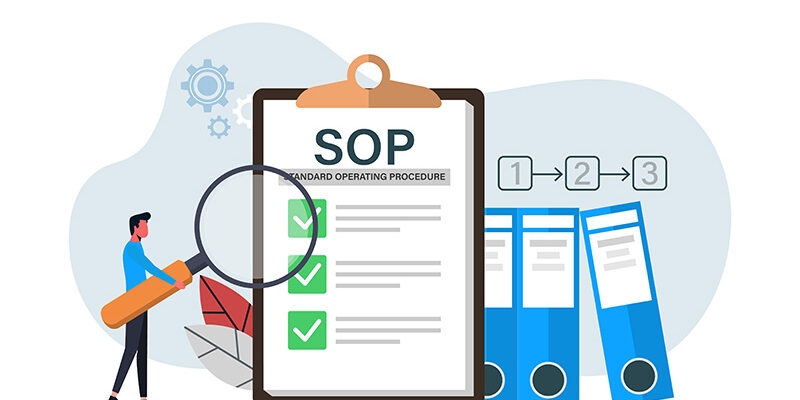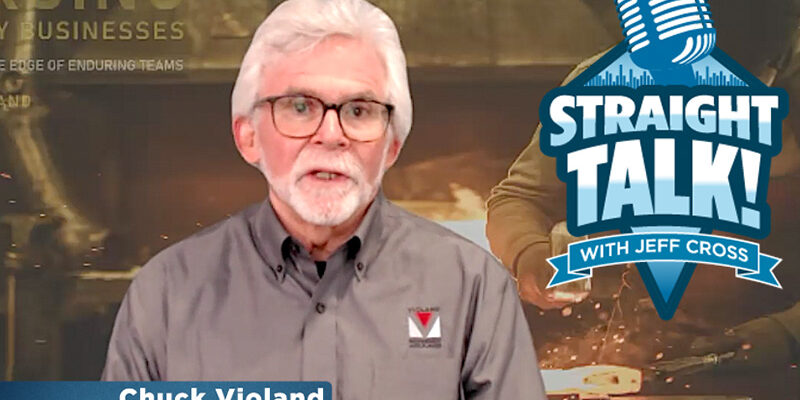Why You Need to Bother With Branding

The idea of branding can conjure up a number of negative thoughts for a business owner:
- Branding takes research.
- Branding requires creativity and the brainstorming of new ideas.
- Branding uses valuable time that could be spent manufacturing product, serving customers, and running the business.
- Branding could mean hiring outside marketing consultants, graphic designers, and copywriters.
- Worst of all, branding takes money—money to hire these people, to create new logos and designs, to produce new advertising and to buy new packaging, letterhead, and business cards.
All of these bullet points are valid. So why even bother?
You bother, because while the endeavor of creating a good brand takes time, money, and resources, the result is a solid foundation on which to build and market your business. Your brand is your “face”—the visual communication of the message you want your business to send to your potential customers and clients.
And the truth is, every business has a brand, whether they work on one or not. The bigger question is… Does your business’ brand correctly communicate your message, as you want it to be heard?
What is “branding”? And what does it mean to a business?
Branding is the identity of your business. It communicates who and what your business is. It’s the way your business will be perceived by your customers. Branding is not only about how your business looks, it’s about how your business feels.
You might have thought of branding as simply a company’s logo. And while it’s true that a logo can be part of the process of branding, it is not the whole picture.
Instead, branding is achieved by every means that is used to communicate, and frankly, everything communicates. A logo is a visual way of communicating your branding. So are the colors you select for your advertisements and other marketing materials. The copy in your advertisement is a written means of branding. Any social media postings combine both visual and written communication.
According to the American Marketing Association (AMA), a brand is a “name, term, sign, symbol or design, or a combination of them, intended to identify the goods and services of one seller or group of sellers and to differentiate them from those of other sellers.”
And yet, there’s so much more to consider when developing a brand. The suit your salesperson chose to wear when he met that customer last week communicates a message about your business. The building that houses your company says something about its identity to those who drive past it (let alone enter). The way in which your customer service representative interacts on the phone and how he or she treats a client will influence how that individual feels about your business.
Every and any decision you make in your business ultimately communicates a message to your clients—and your clients, consciously or not, see it, hear it, feel it and form an opinion about your business based on that message. It will affect those customers in one of two important ways: Either they will be drawn in or they will be driven away.
Selling an identity—deliberately
As business coach Tony Robbins puts it: “People don’t buy products; they buy identity.”
To demonstrate how skillfully a business can create a unique identity through branding, look at a company with a successful brand and an extremely loyal following: Starbucks. Ask a Starbucks customer what he or she feels when thinking about the company, and you’ll hear words such as “warm,” “comforting,” “accommodating” and “consistent.”
That’s exactly what the marketing executives at Starbucks want their customers to think and feel. And that’s because branding is not an accident. Branding is deliberate.
Perhaps it would be better to say, “Good branding is deliberate,” because the question is not whether your business is branded. Like it or not, as already mentioned, every company on the face of the earth is branded, because every business has its own identity. But is this identity by default? Or was it created purposefully, with great thought and meaningful intent?
Such intent means research. There are the “big picture” questions to be answered:
- Who is your customer?
- Who will see and hear your message?
- How will this message be delivered?
Equally, there are the specific details that must be addressed. Consider the all-important mark of your brand, your logo. What will your logo look like:
- In color?
- In black and white?
- On the outside of an envelope?
- Shrunk down on a business card?
- Enlarged on a billboard over the expressway?
- On the side of your building?
- On the home page of your website?
The real branding question
So, in regards to branding, the question is never “Why bother?” Instead, ask yourself: “What do I need to do to ensure that my company’s branding reflects the identity that I want my company to have?”
That identity would include the attributes that will persuade others to act accordingly and buy your products and services, so that your branding brings your business the success you desire.
Does branding take work, time, and money? Assuredly. But that affects and permeates everything you do and create, while it drives and maintains customers for your services and products.
Remember that what you are doing with your branding is an investment for the long run of your business. In an interview with Oprah Winfrey, it was Starbucks’ CEO Howard Shultz who said, “Short-term success is not going to build long-term value for anyone.”
Making the effort to “bother to brand” by integrating your branding efforts into everything you do for your business can create consistency and build that long-term value that will pay off in perpetual success.












